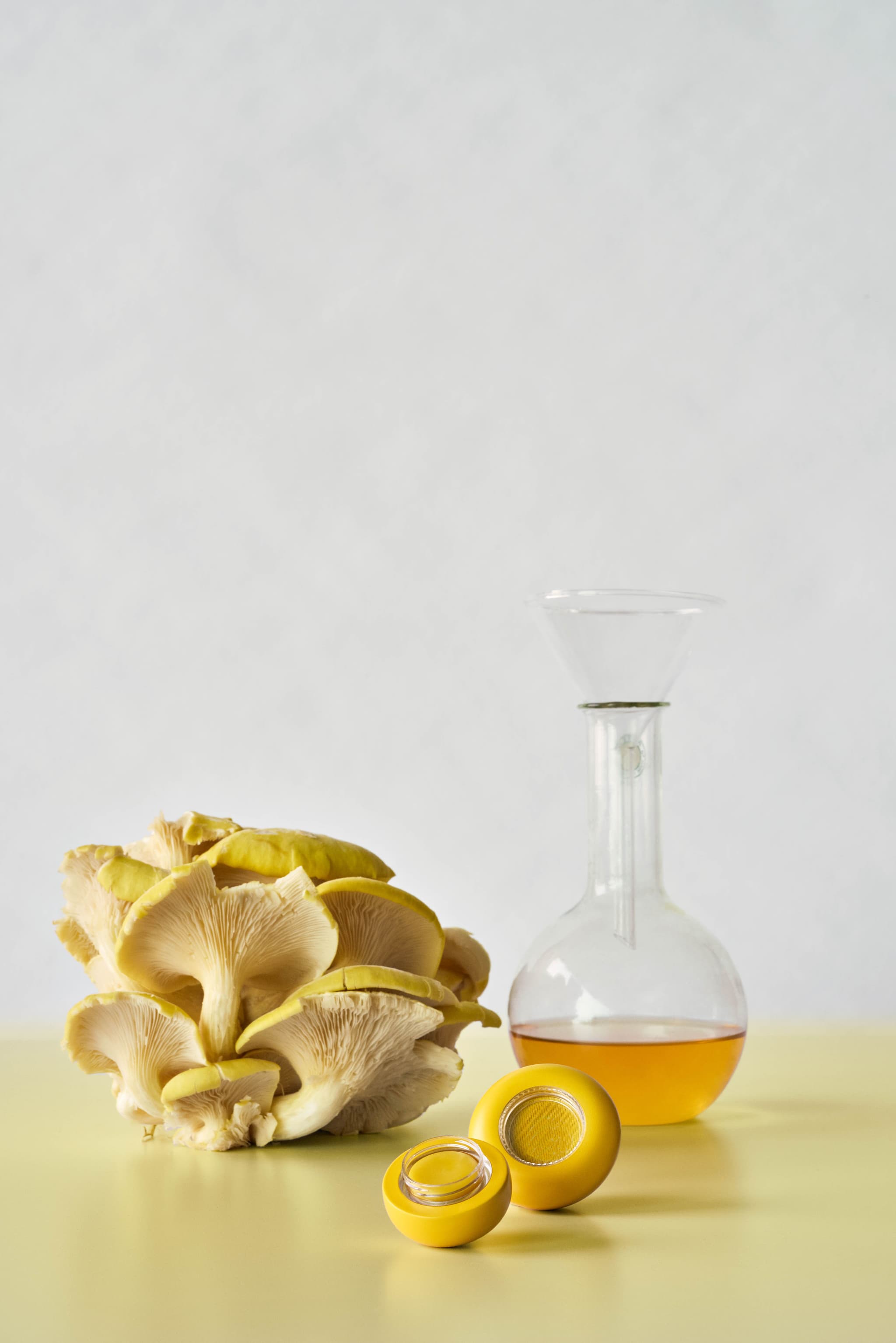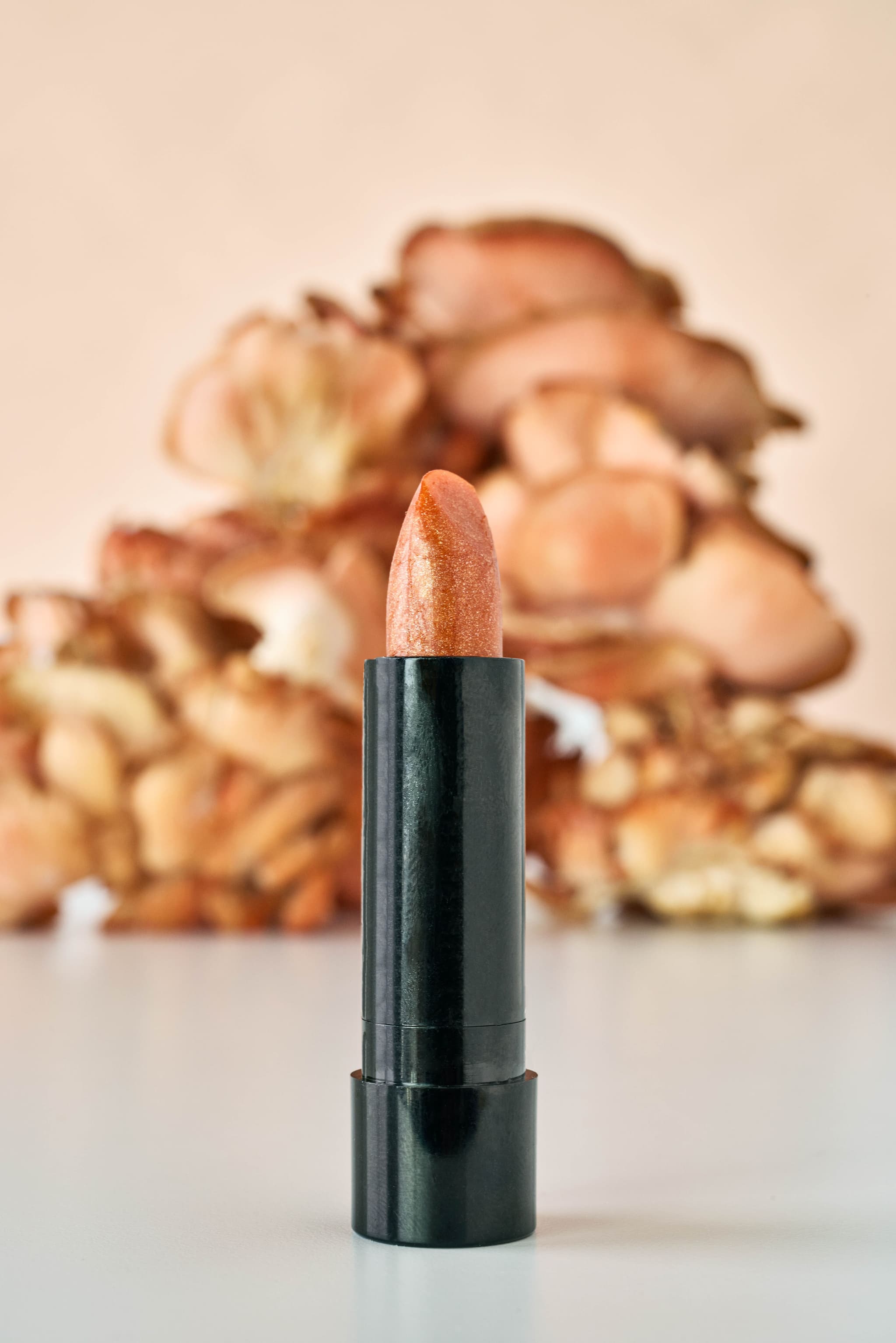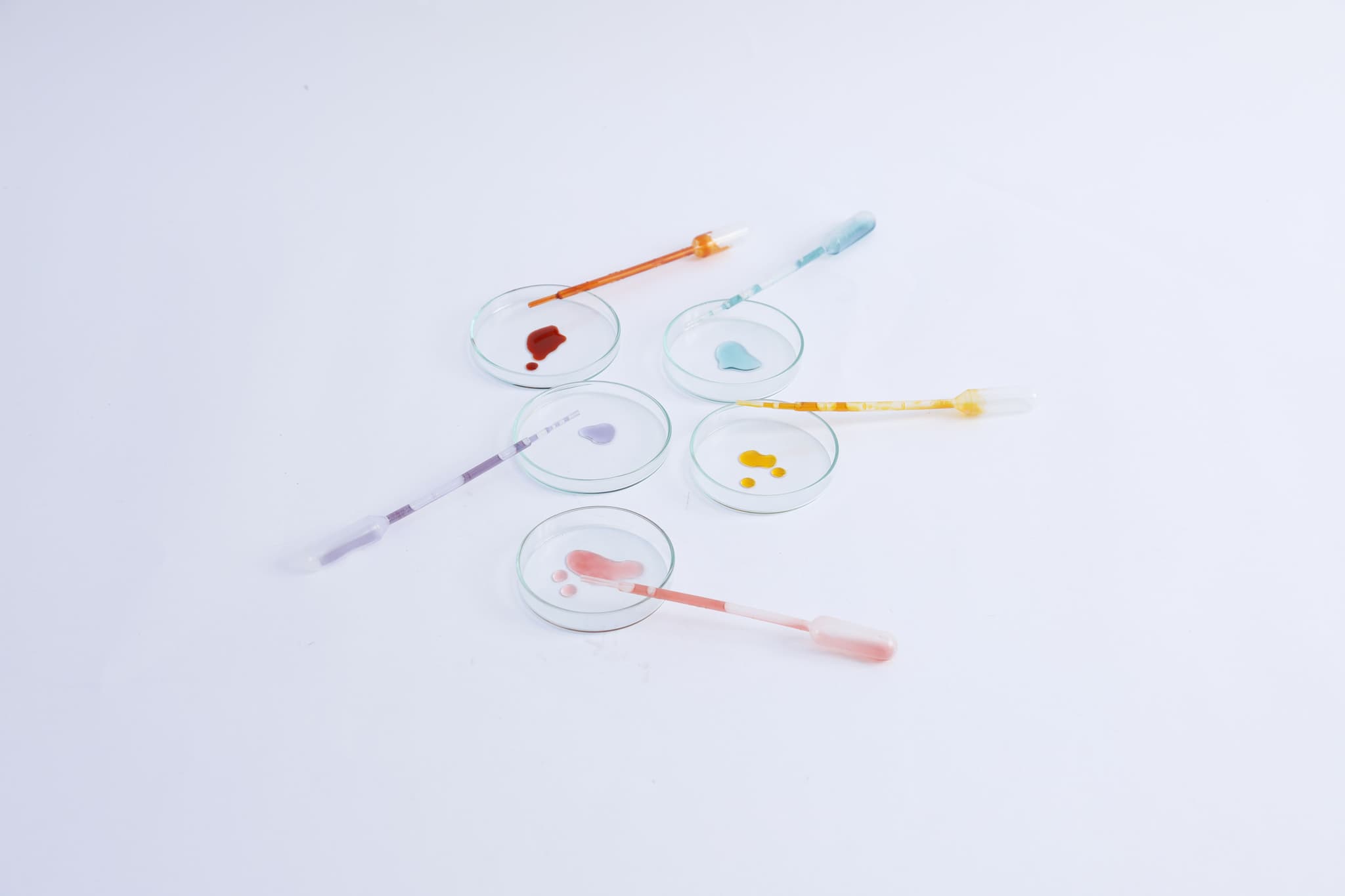Fungi-derived pigments challenge the dominance of synthetic colorants. What key chemical or structural properties make them a viable alternative to petroleum-based dyes?
Fungal pigments offer a unique intersection of performance, sustainability, scalability, and functionality. Fungi naturally produce hundreds of valuable bioactive compounds, including various types of colorants such as polyketides, quinones, and carotenoids, which are known for their intense hues, stability, and bioactivity. Unlike petroleum-derived dyes, these pigments can be synthesized through low-energy biological processes like fermentation and may exhibit superior properties, such as lightfastness and thermal stability, in certain applications. Additionally, the diverse range of colors identified from fungal metabolites has unlocked hues previously unattainable from plant-based sources.

The cosmetic and textile industries demand precise color consistency at scale. Given the natural variability of biological pigments, how do you ensure reproducibility with fungal-derived dyes?
Biological systems have inherent variability, but we address this through precision fermentation and green chemistry practices. By optimizing the strain’s biosynthetic pathways and tightly controlling growth conditions—such as pH, temperature, and nutrient flow—we ensure consistent pigment expression at scale. Additionally, we are developing proprietary green chemistry purification and formulation processes to standardize the quality and consistency of our pigment output.

Fungal pigments may offer bioactive properties beyond color, such as antioxidant or UV protection. Can you elaborate on these functions and their potential applications?
I like to think about it from nature’s perspective, where natural selection has elegantly optimized an organism’s biosynthetic pathways to produce bioactive compounds that enhance its survival in a given environment. In other words, nature isn’t concerned with aesthetics—its focus is purely on function. This is why many fungi are designed to produce powerful metabolites that enable them to grow and thrive. It is to our human benefit that some of these bioactive compounds reflect visible light in a way that incidentally makes them beautiful colorants. This also explains why many fungal pigments naturally possess antioxidant, antimicrobial, and UV-absorptive properties, extending their value beyond color alone.

Beyond color, fungi offer a vast biochemical toolkit. Are there unexplored material properties—such as adhesion, water resistance, or structural applications—you’re keen to integrate into future projects?
Absolutely! We are captivated by the real-time unraveling of the once-mysterious fungal kingdom. It feels like every day brings new discoveries, revealing incredible opportunities for fungal-derived chemistries to address many of the challenges our planet faces today. While we closely follow emerging research, our primary focus remains on bringing our first colorant to market.

When it comes to the future of colour, do you see greater potential in refining nature’s existing pigments, or in bioengineering entirely new colorants with enhanced properties?
I’d like to take a moment to clarify something. Whether natural or petrochemically derived, all color-producing chemicals fall into just a few core classes of compounds defined by their chemical structure. In many cases, bioengineering isn’t about creating entirely new pigments or dyes but rather guiding a biological chassis to produce a compound it wouldn’t naturally generate. The biochemical diversity of potential natural colorants is vast and should not be underestimated.
Nature has spent thousands of years designing an abundance of chemical compounds with incredible potential as colorants—the only real limitation is our human capacity and infrastructure to harness that potential. It’s easy to conflate the thousands of unexplored natural color-producing chemistries with the handful currently used commercially. From my perspective, the only way forward is to collaborate with nature, learning from its ingenuity while strategically employing the most sustainable technologies—including synthetic biology—to scale production effectively.

With regulatory shifts around synthetic dyes, how do you see bio-based colorants evolving in mainstream industries? What are the biggest challenges to scaling production?
The FDA’s recent ban on Red 3 is just one of many falling dominoes in the regulatory landscape, signaling a shift away from synthetic dyes. Public mistrust of petroleum-based colorants is at an all-time high, and brands are scrambling to reformulate in response. This presents an unprecedented opportunity for bio-based colorants like those we’re developing at Pitri.
The demand for safe, sustainable, and high-performing alternatives has never been greater, but scaling production remains a challenge. Bio-based pigments must compete with the cost and efficiency of synthetic chemistry, which has been refined over the past century. Bridging this gap will require significant investment in fermentation technology, strain optimization, and bioprocessing efficiencies. As regulatory pressures mount and consumer expectations evolve, we believe bio-derived colorants will not only achieve cost parity at scale but will ultimately set a new industry standard—becoming the default choice for global markets.

Your work spans biodegradable cosmetics to STI-detecting condoms. What core scientific principles or material strategies do you consistently revisit, and what new directions intrigue you?
My work is largely driven by my curiosity about the natural world through the lenses of chemistry and design. I love exploring the atomic-level intricacies that govern macro-level properties and behaviors. When I observe a commercial pain point, I see an opportunity to turn to nature for potential solutions—whether biosynthesized, biodesigned, or biomimetic.
Watch this space, because the intersection of design, science, and sustainable innovation will be the engine that drives us toward a better future!









